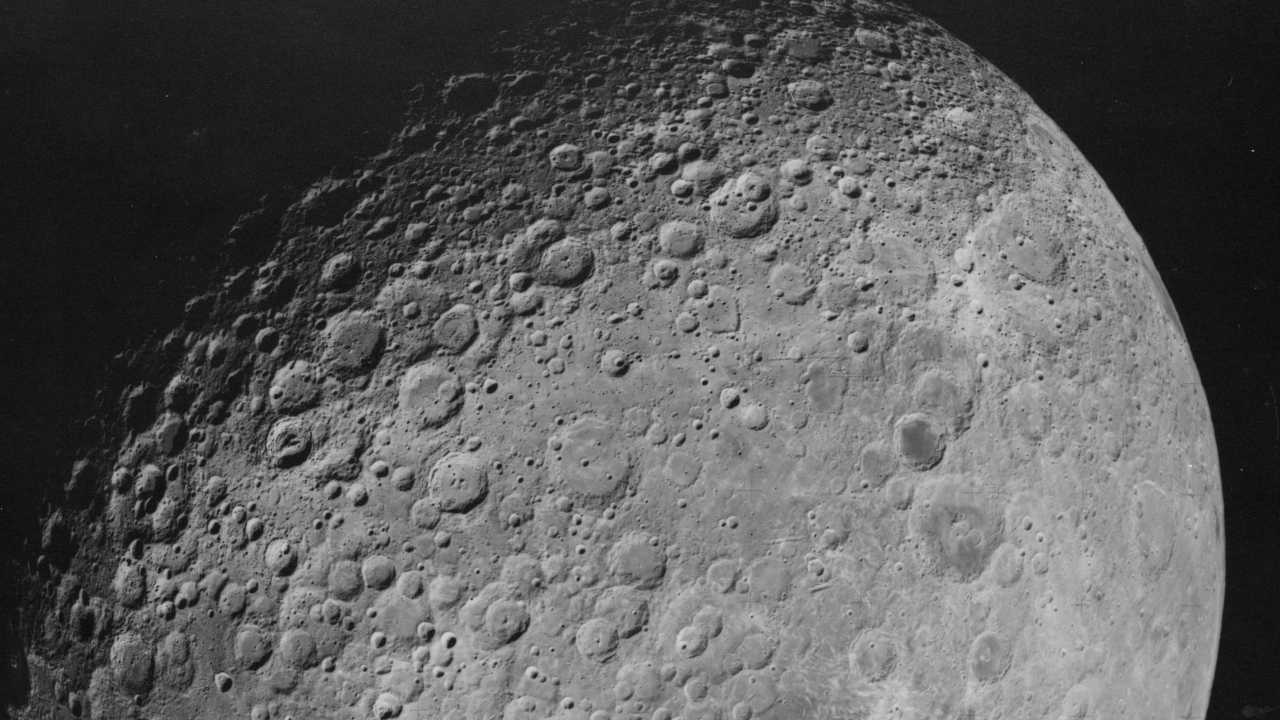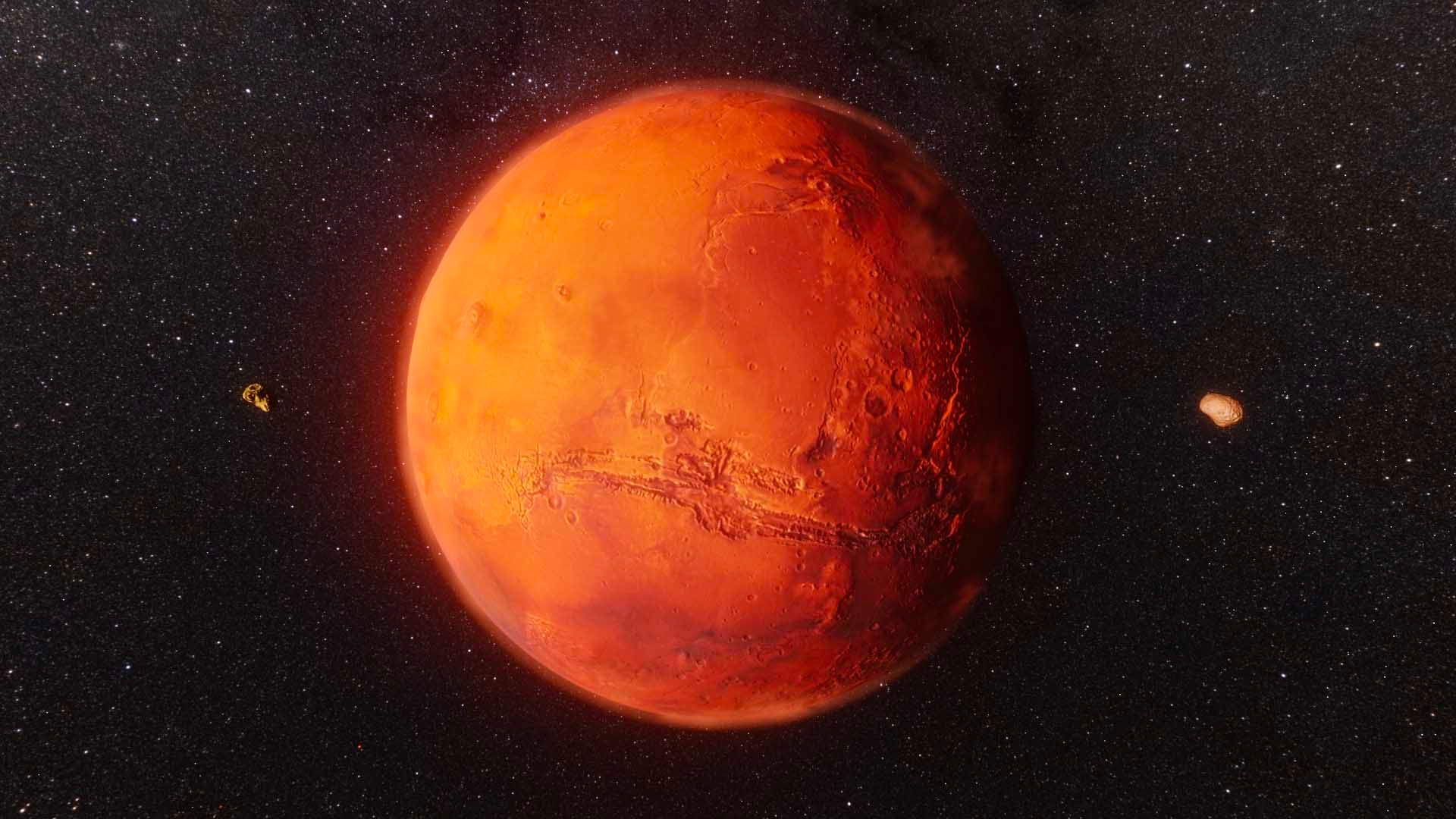Late last week, China became the first country in the world to successfully launch a mission to land its spacecraft on the largely-unexplored ‘far side’ of the Moon.
The Chang’e-4 lunar probe — named after the ‘moon goddess’ in Chinese mythology — was launched on a Long March 3B rocket from the Xichang Launch Centre in China, minutes from midnight. The spacecraft is now on a month-long journey to the Moon, expected to land sometime in early January.
What is Chang’e-4’s mission?
This will be the world’s first attempt at landing a spacecraft on the far side of the moon, which has faced away from the Earth from the time we started paying attention to it. Collectively, space and astronomy communities still know very little about the moon’s far side.
The Chang’e-4 mission is also part of China’s ambitions to further its space and geopolitical goals. China is keen on demonstrating its capabilities as a space power, and one to rival Russia, the European Union and the US.
“This mission is also the most meaningful deep space exploration research project in the world in 2018,” He Rongwei, the mission’s chief commander from the China Aerospace Science and Technology Corp, told Global Times.
The country will definitely go down the space hall of fame if Chang’e-4 makes a soft landing as planned.
Chang’e 4 Mission: Why go as far as the far side?
There’s a reason China has chosen to land on the moon where no one has before.
The near side of the moon is “tidally locked” to always face the Earth, and offers many flat areas for a spacecraft to touch down.
The far side gets roughly the same amount of sunlight that the near side facing Earth does. The Russian Luna 3 mission in 1959 captured the first, grainy glimpses of the Moon’s far side. Three years later, NASA’s Ranger spacecraft rammed into its surface.
The far side is also mountainous and rugged, making a landing on the moon’s far side a tricky business. Tucked away from a line-of-sight or -communication, it is also difficult for mission control on Earth to reach out to.
For all of history, the far side has been out of sight and reach for astronomers to study. It shares very few features with the near side, something the Luna 3 and Apollo 16 missions have thrown some light on. One of the biggest mysteries in modern astronomy is why the far side is much, much thicker than the near side is.
Interestingly, one theory to explain this oddity proposed that 4.5 billion years ago, Earth had two moons of different sizes. The smaller one fused with the other, making the far side 15 kilometres deeper than the near side.
Researchers still lack any real evidence of how the moon was formed, or why the difference in depths on either face. Being among spacefaring countries of the world, China also has plans to build a base and settlement on the moon. Chang’e-4’s instruments are designed to bring back clues and data to back these motivations, and more, that the Chinese space agency has yet to make publicly available.
Chang’e 4 Mission: How will it work?
To do the same on the Moon’s dark side, a lunar mission will need multiple spacecrafts working in tandem — rovers or landers to collect data on the surface and a probe near the Moon to relay data and communications back to Earth.
This is something China’s has already prepared for.
The country’s Space Administration launched its Queqiao satellite in May this year, specifically to help with the communication needs for the upcoming lunar mission, the Chang’e-4 mission.
After spending a month in space, the satellite aligned itself into position, pointing at the Moon’s far side. The spacecraft is now parked in a region between the Earth and Moon called the ‘halo’ L2 Lagrange point . These are regions in space where the gravitational pull of both holds the spacecraft in a fixed position relative to both entities.
“Demonstrating that you can communicate and perform roving on the lunar far side using a relay satellite is going to be quite a technological feat, and it’s going to bring a lot of prestige,” Andrew Jones, a freelance journalist covering China’s spaceflight program, told The Verge.
What will the probe get up to on the Moon?
The Chang’e-4 moon lander will prop itself down in the oldest and deepest known ‘impact basin’ on the Moon called the South Pole–Aitken basin. The crater, once created from a small object colliding with the moon, offers a promising site to study the moon’s geology.
The rocks here have different compositions than elsewhere on the moon, scientists think, and different from samples collected by astronauts during the Apollo missions on the moon’s near side.
“It’s possible this basin is so deep that it contains material from the Moon’s inner mantle,” Tamela Maciel, a space scientist at the National Space Academy said in a tweet.
The mission will give China (and humanity, by extension) a window into the nature of the moon. We may not have set foot on it yet, but there are already quite a few plans for it.
The Chang’e-4 mission will see, touch and take notes but not bring back any samples from the far side. It has a ground-penetrating radar instrument to scan the depths under the Moon’s rocky yet powdery surface. Along with mineral and radiation tests, the spacecraft is also equipped with a radio-astronomy experiment to gaze at space and make new discoveries without losing out on radio waves signals as they trickle down to terrestrial detectors on Earth.
Chang’e-4 is carrying six experiments from China and four from around the world, including one involving potatoes and seeds . The rover also packs a Swedish instrument to look at how solar flares (particle streams of radiation from the Sun) interact with the Moon’s surface and rocks. Much like its predecessor Chang’e-3, the Chang’e-4 mission, too, will be equipped with cameras on both its lander and rover.
Next up: Humans?
Beijing is pouring billions into its military-run space programme, with hopes of having a crewed space station by 2022. The goal is to eventually send Chinese astronauts to the moon.
The Chang’e-4 mission will be a milestone in that direction — significant for its engineering expertise, which missions to explore and settle on the moon will demand. The mission is one rung in China’s decade-long, ambitious lunar-ladder.
The country’s space agency plans to launch another spacecraft, Chang’e-5, to bring back samples from the Moon’s near side.
That isn’t all China is having their brightest space minds working on. The country has aimed to produce its first reusable launchers by 2021, a super-powerful new rocket capable of delivering payloads heavier than those NASA and SpaceX can handle, a moon base, a permanently crewed space station, and a Mars rover.
“Our country’s successful lunar exploration project not only vaults us to the top of the world’s space power ranks, but it also allows the exploration of the far side of the moon,” said Niu Min, an expert on China’s space programme.
The Chang’e-4 mission, is more than ambitious science in action, according to Min — it’s a symbolic win for the Chinese, and “greatly inspires everyone’s national pride and self-confidence”.


)




)
)
)
)
)
)
)
)